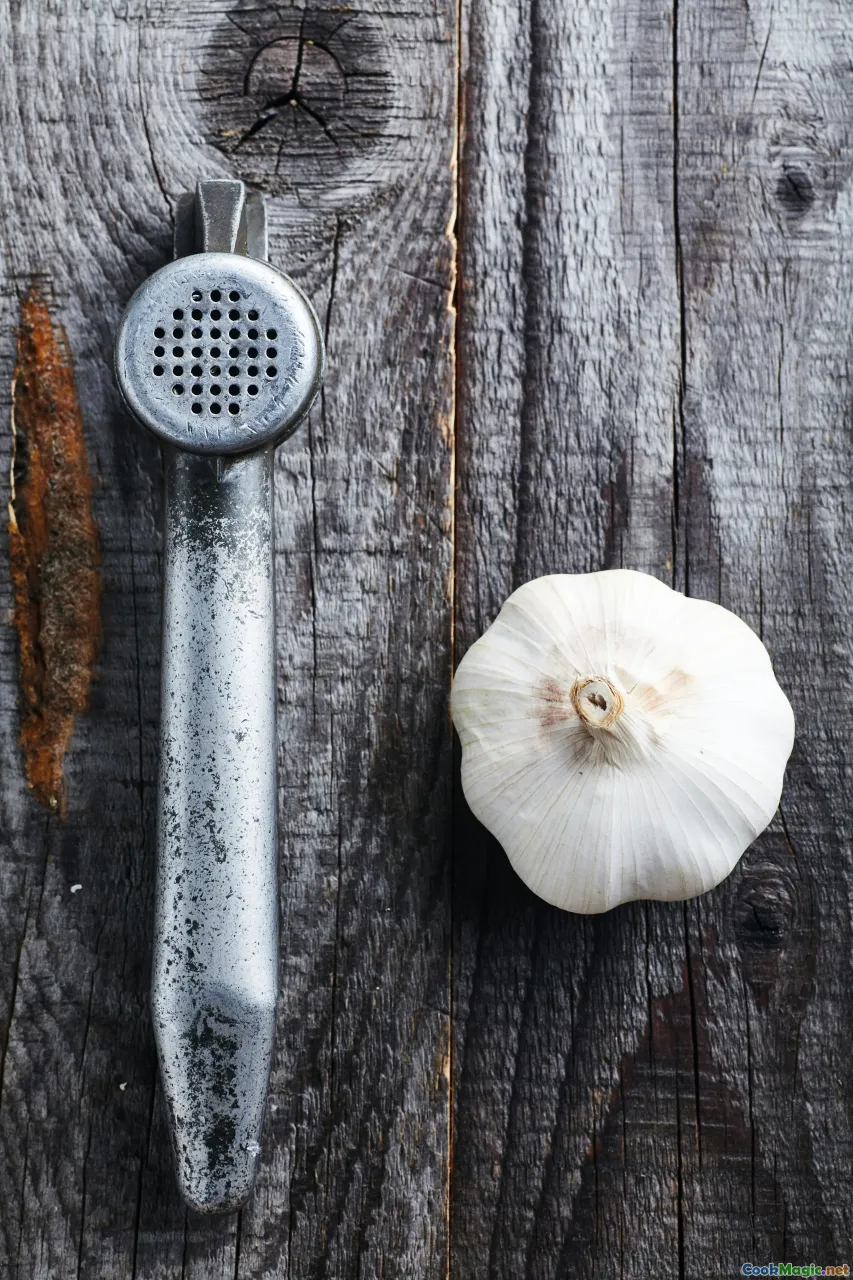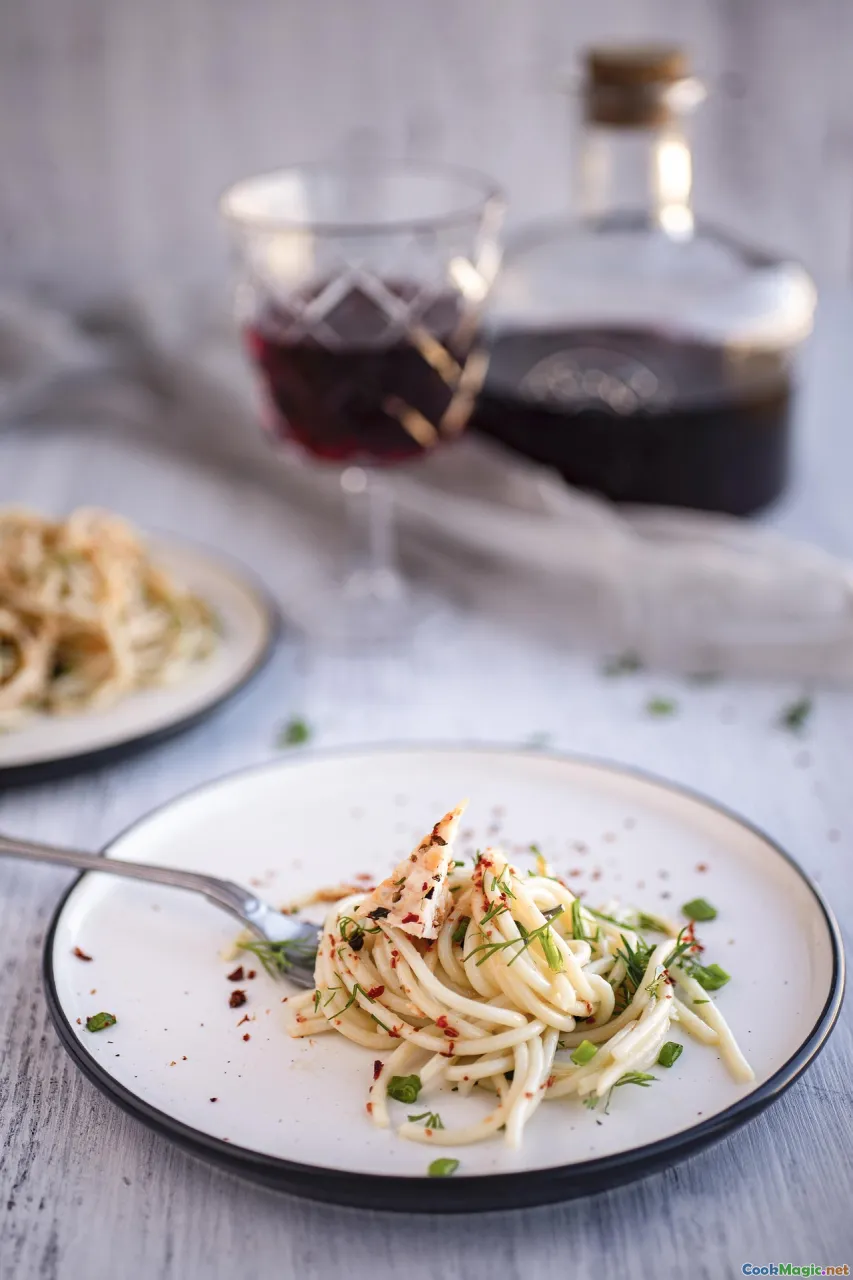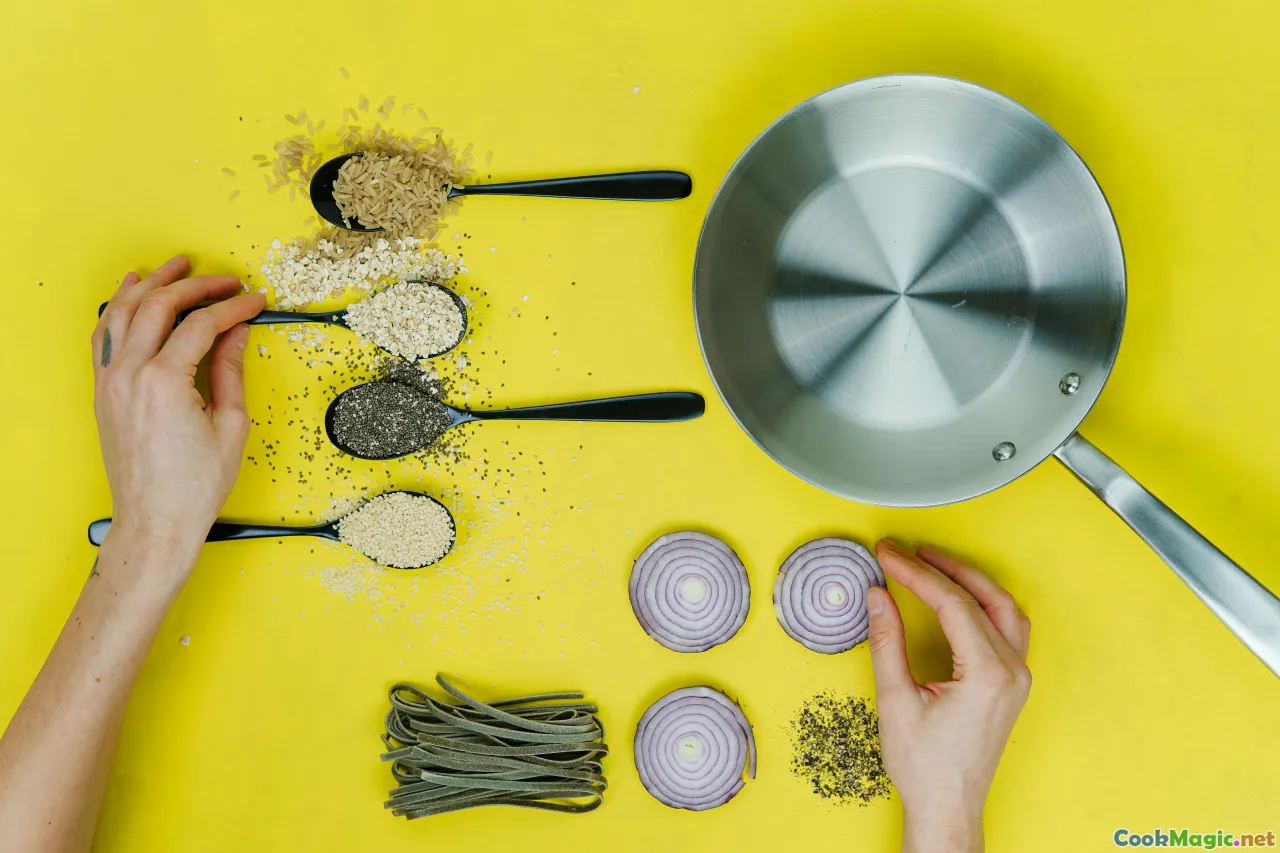Unlocking the Flavor Potential of Fermented Black Garlic
11 min read Discover how fermented black garlic elevates dishes with its rich, umami-packed flavor and health benefits in innovative culinary applications. August 03, 2025 15:05
Unlocking the Flavor Potential of Fermented Black Garlic
In the vast universe of ingredients that elevate our culinary adventures, fermented black garlic stands out as a transformative touchstone—an alchemy of patience, fermentation, and flavor that bridges tradition and innovation. Its deep, sweet umami richness, coupled with mellow, roasted notes, has charmed chefs and home cooks alike. But beyond its enchanting aroma and velvety texture lies a universe of possibilities waiting to be explored. Today, we embark on a sensory journey into the heart of fermented black garlic—a treasure trove of culinary potential.
The Cultural Roots and Historical Significance of Black Garlic

Black garlic's origins trace back centuries within East Asian culinary traditions, particularly in Korea and Japan, where it has long been revered not just as a flavor enhancer but as a medicinal tonic. In Korea, black garlic is regarded as a gift of wellness—believed to boost immunity, lower blood pressure, and promote vitality. Its production traditionally involved softly heating fresh garlic over hot stones or in clay pots, gently fermenting it over weeks to yield the beloved blackened cloves.
The modern resurgence, especially in Western culinary circles, owes much to the rise of fermentation art and a renewed interest in umami-rich ingredients. The process transforms the harshness of raw garlic into a mellow, molasses-like sweetness, with the outer unassuming garlic bulb blossoming into a dark, glossy jewel. Culturally, black garlic embodies patience, restraint, and a respect for natural transformation—a trait that resonates deeply with chefs seeking depth without excess.
The Science of Fermentation and Flavor Development

The magic of black garlic resides in complex biochemical reactions during fermentation. When garlic is slowly heated in controlled environments, enzymatic activity breaks down the alliin molecules into sulfur compounds, but intriguingly, the process also catalyzes the Maillard reaction—a dance between amino acids and sugars. This reaction is responsible for the rich, brown hue and a labyrinth of aromatic compounds reminiscent of balsamic vinegar, caramel, and roasted chestnuts.
The minute molecular transformations generate a symphony of flavor molecules—hydrogen sulfide diminishes, revealing deeper, sweeter notes. The end result is a harmonious blend of subtle bitterness, inherent garlic pungency, and a velvety sweetness that coats the palate with every bite.
How to Select and Prepare Fermented Black Garlic

When shopping for black garlic, look for cloves that are glossy, plump, and moist—dull, shriveled bulbs often indicate age or improper storage. Quality black garlic has a slightly sticky texture and emits a sweet, pungent aroma that hints at caramelized goodness.
Home fermenters can produce black garlic, too. It involves slow-cooking whole bulbs at 60–77°C (140–170°F) with controlled humidity for 3–4 weeks—from a raw garlic bulb or with flavor-enhancing additives like herbs or chilis. A slow cooker or a dehydrator with temperature controls is ideal.
Before use, peel the cloves carefully—they are tender and sticky. For preservation, store black garlic in an airtight container in the fridge, where it can remain flavorful for up to a year, continually developing richness over time.
Culinary Applications and Flavor Pairings

Black garlic's umami backbone lends itself to an array of dishes—both as a discreet enhancer and a bold centerpiece. Its sweet-savory profile can elevate soups, sauces, spreads, and even cocktails.
**1. As a Flavor Booster:**Mince black garlic into salad dressings or blend into mayonnaise for a smoky-sweet twist. It becomes an instant upgrade for deviled eggs or chicken salad.**2. In Soups and Stews:**Add whole or chopped black garlic to broth-based soups like miso, vegetable, or beef stew. Its mellow sweetness balances sharp acidity and sharp spices.**3. On Elevated Toasts and Crostini:**Top crusty bread with ricotta, a smear of black garlic butter, and a drizzle of honey for an appetizer that captures decadent complexity.**4. In Pasta and Risotto:**Incorporate mashed black garlic into the cooking water or as a pasta sauce base—pair with parmesan, wilted greens, or roasted mushrooms.**5. As a Meat Marinade:**Black garlic makes a natural marinade for beef, lamb, or even fish—its sugars caramelize onto the meat, complementing smoky or spiced rubs.Flavor Pairings to Explore:
- Aged balsamic vinegar for a sweet acidity.
- Blue cheeses or creamy goats for a contrast of richness.
- Herbs like thyme, rosemary, and sage echo black garlic’s earthiness.
- Spices such as black pepper, smoked paprika, or chili for added depth.
Elevating Your Dishes: Personal Insights and Chef’s Tips

Experimentation is key when working with black garlic. As a culinary writer and chef, I find its versatility inspiring. Here are some personal insights and tips:
- Balance is everything: Because black garlic is intense, use it judiciously—start small, then build through tasting.
- Blend into liquids: For uniform flavor in dressings or sauces, blend black garlic with olive oil or broth before incorporation.
- Make black garlic pastes: Mash with olive oil, lemon zest, and herbs for a flavorful spread or dip.
- Play with textures: Pair black garlic with crunchy elements like toasted nuts or raw vegetables for contrast.
- Create black garlic-infused oils: Infuse olive oil with cloves—this imparts a gentle garlic depth to finishes.
Pairing and Servings: Perfecting the Experience
With its complex flavor profile, black garlic pairs beautifully with a broad spectrum of ingredients. Some classics include:
- Tomato-based dishes, where its sweetness balances acidity.
- Charred vegetables like zucchini, eggplant, or cauliflower.
- Rich proteins like foie gras, duck, or aged cheeses.
- Fruit elements like roasted figs or apples for an unexpected but harmonious pairing.
For serving, remember that presentation enhances perception—try black garlic on charred bread drizzled with storytelling-worthy drizzles of flavored oils, or incorporated into elegant cheese boards.
Beyond the Kitchen: Black Garlic’s Cultural and Emotional Allure
More than just an ingredient, black garlic carries stories—taste memories of Asian markets, family recipes, or culinary discoveries. Sharing a dish flavored with black garlic can evoke warmth, curiosity, and a deep appreciation for transformation. It invites us to consider patience, the gentle power of fermentation, and the art of balancing flavors.
In a way, black garlic embodies the romance of slow, deliberate change—mirroring our own culinary journeys and the shared pleasure of savoring something refined, layered, and truly crafted. Its rich, multifaceted profile invites us to look beyond the surface and discover the nuanced storytelling behind every clove.
Unlocking its potential requires curiosity, experimentation, and reverence for process. Whether used as a subtle enhancer or a star ingredient, fermented black garlic beckons luck and love into your kitchen, whispering the promise of umami-filled adventures and flavor revelations.
Let this captivating ingredient transform your cooking—one rich, aromatic, velvety clove at a time.









